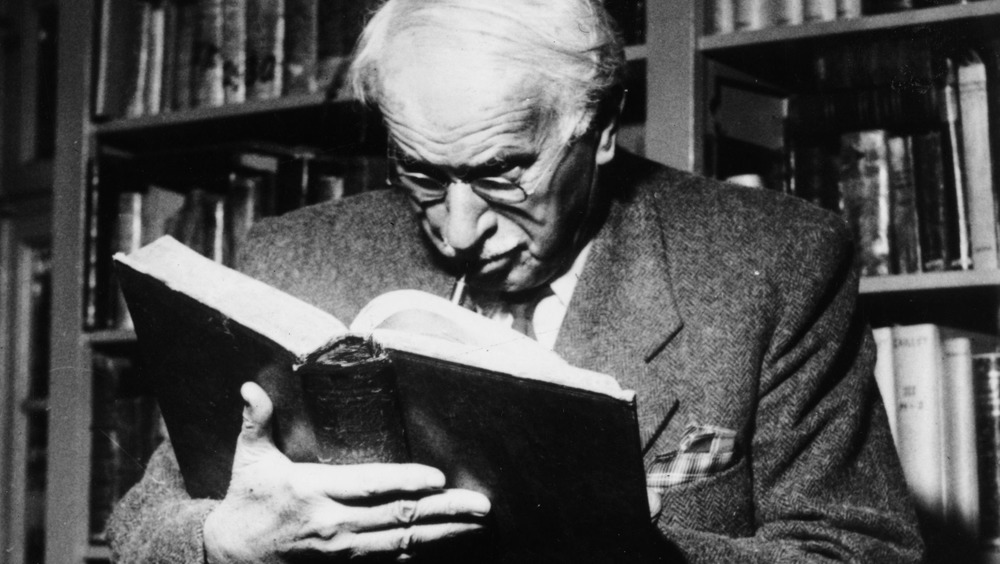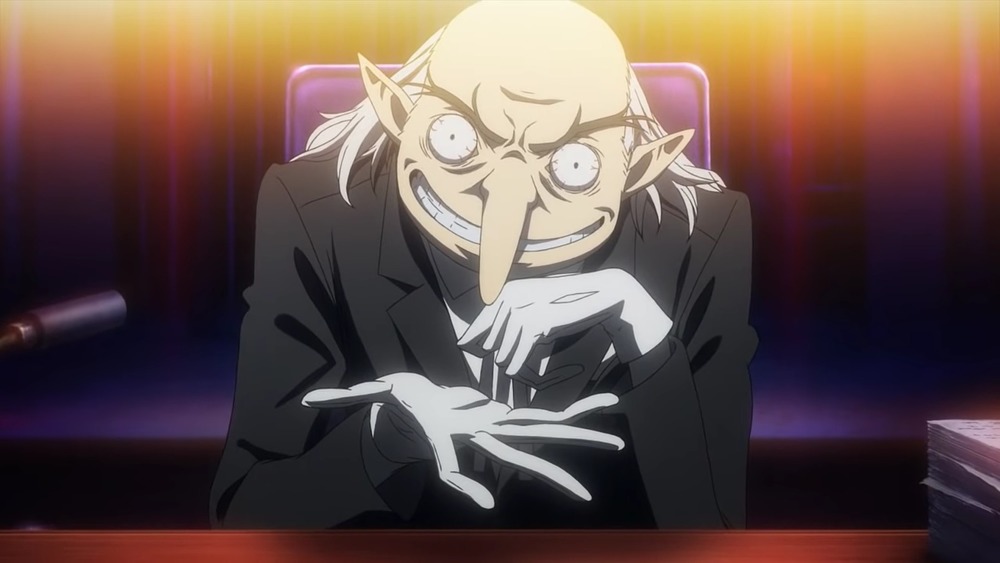The Entire Persona Universe Explained
The Persona franchise is the quintessential trifecta of JRPG tropes. It stars a group of teenagers with mysterious powers; the gang fights off monsters while going on a journey of self-discovery, and each game starts with a simple fetch quest that more or less culminates in a battle to kill god. More importantly, the series has grown in leaps and bounds. You could probably summarize the story of Persona 5, but what about Persona 3? Persona 2? The original Persona? Do you even know what a Persona is?
Persona is much deeper and more complicated than most gamers know. There's more to the franchise than just exploring randomized dungeons, controlling the personifications of mythical heroes and monsters, and decapitating them to summon Satan. If you came late to the party (as in "I only know about Persona because of Super Smash Bros. Ultimate and Persona 5 Strikers"), consider this your must-read primer on the franchise.
Where it all started
If the word "persona" sounds familiar without playing the games, then you are probably somewhat familiar with psychoanalyst Carl Jung, who coined the term. Essentially, they are metaphorical masks people wear that let them adapt to and function in society. Each persona/mask represents a role that they play. Sound familiar? That is basically how Personas works in the Persona games — each one is a powerful entity that lets characters tackle both everyday life and supernatural horrors.
While most characters only get one Persona that evolves with their personal arc (hint hint), the protagonist can use multiple Personas because, well, they don't have a set personality. The player decides who they are, and the games reflect this by letting the protagonist switch between Personas (i.e., roles) on the fly. That's a fairly novel way to combine game mechanics and symbolism.
Of course, Persona's obsession with Jungian psychology doesn't end with the Personas. Jung is also known for another idea: the Shadow, which is called as such because it is literally the shadow of the persona, the darker, hidden aspects of personalities. The Persona franchise's main monsters, Shadows, are literal representations of these repressed feelings, with the most powerful Shadows embodying those ideas and turning them into end-dungeon bosses.
The developers at Atlus really did their homework.
Not everything is a shadow
In the Persona franchise, basically everything ties to Shadows. The enemies are Shadows, and Personas are actually tamed Shadows. Moreover, since Shadows are the human psyche made real, final bosses such as Nyx Avatar, Ameno-sagiri, and Yaldabaoth represent corrupted methods to end human suffering (i.e., oblivion, ignorance, and apathy, respectively). But, not everything supernatural traces its roots back to humanity.
One constant throughout Persona history is Igor and his Velvet Room, which serves as a safe haven and a means to fuse Personas. Despite helping the protagonist of each game, Igor never interferes with the goings-on in the world, even if they would result in armageddon. Igor isn't human, but he isn't not human either, and because of his powers, you might assume he is his own boss. But, Igor he answers to higher power: Philemon.
Throughout the Persona franchise, Philemon observes from the shadows. Yet another reference to Jungian psychology, Persona's Philemon is a benevolent watcher who offers the main characters advice and life lessons. He played a big part in the first several Persona games, but hasn't appeared recently. However, it is implied that every time a character sees a blue butterfly, that is Philemon watching over them.
Welcome to the Atlus multiverse
One of the Persona franchise's key features is its Persona collection mechanic. You can either randomly obtain mythical creatures or negotiate with them to gain their power in battle — and then fuse them into stronger creatures. These collectible Personas are identical to the demons from the Shin Megami Tensei series, which isn't surprising because the franchises are developed by the same studio. But, don't chalk up identical monster designs to asset recycling.
While never explicitly stated, several characters throughout the Shin Megami Tensei franchise hint that every title exists within a multiverse that expands to other Atlus games. This explains why many Shadows and Personas in the Persona franchise look like SMT's demons, as well as "demons" from more obscure spin-offs such as Digital Devil Saga. More importantly, this multiverse theory explains the occasional bleedthrough.
For the most part, each Persona game is a standalone title. Occasionally you might encounter an Easter egg that references past entries and solidifies a single Persona timeline, but they never reference its sister series. Usually.
One exception to this rule is Catherine's protagonist, Vincent Brooks. He shows up in Persona 3 Portable, despite the two games having nothing in common except a developer.
The spin-offs are canon
The Persona franchise started life as a spin-off of Shin Megami Tensei, and like the Shadows that make up the bulk of Persona's enemies, it has taken on a life of its own. Not only is Persona arguably more popular than SMT, but it also spawned its own spin-offs. Unlike offshoots of other franchises, Persona's spin-offs are canon to the original titles.
Each Persona spin-off starts from where the main games left off. Persona 5: Dancing in Starlight, for example, seems like a fun dance competition (where the loser will be banished to hell) that takes place in the middle of Persona 5's story. But, Dancing in Starlight also incorporates plot elements and characters from fellow spin-offs Dancing in Moonlight and Dancing All Night. Meanwhile, Persona 4 Arena and Ultimax add to the plots of Persona 3 and 4 by, among other things, introducing characters tied to Persona 3's protagonists and antagonists.
The developers made sure to make each Persona spin-off feel like a natural evolution of the series. Of course, this comes with the baggage of requisite reading: If you play Persona 4 Arena without finishing Persona 3 and 4, you will be totally lost. The same likely applies to Persona 5 Strikers, which takes place six months after the events of Persona 5.





